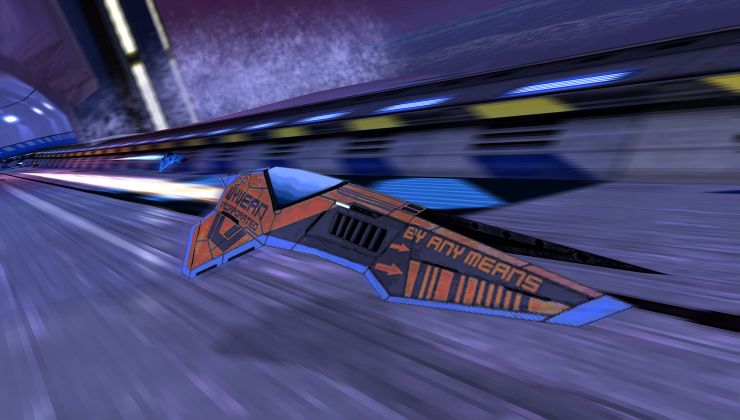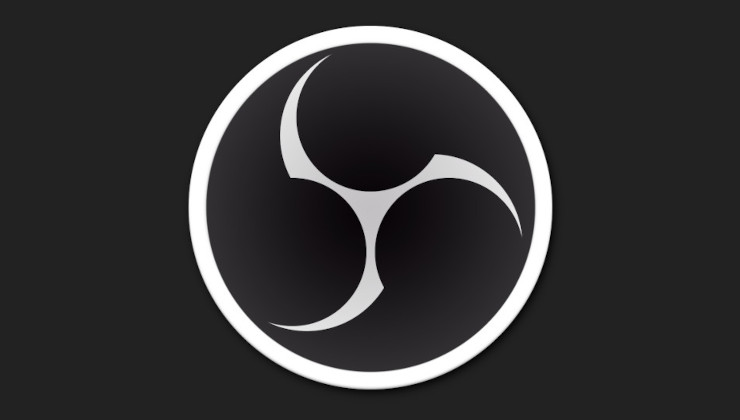Fedora Linux 36 is officially out now, after a number of delays as the Fedora team don't like to rush things out when they're not ready. Here's what's new.
With their main desktop edition being Fedora Workstation which is now running GNOME 42, they tend to stick to plain vanilla GNOME and not make too many tweaks there. So there's no big extra special bells and whistles when it comes to Fedora releases that you wouldn't have seen in new versions of GNOME. Fedora's Matthew Miller mentions "Fedora Workstation focuses on the desktop, and in particular, it’s geared toward users who want a “just works” Linux operating system experience.".
Fedora continues it's "First" foundation to include all the latest software so expect tons of upgrades to everything. For NVIDIA users, be aware that Fedora 36 now defaults to Wayland. Hopefully you won't see too many issues but they seem to think it's stable enough. A curious one though, since NVIDIA requested the folks at Canonical to go back to X11 for Ubuntu 22.04.
You'll find with Fedora 36 the likes of Linux Kernel 5.17, Mesa 22.0 drivers and OpenSSL 3.0 and so it should work nicely with the latest hardware.
You can download it from the official Fedora website. Their various Spins were also updated for those of you who prefer KDE Plasma, Xfce, Cinnamon and more.
If you do plan an upgrade from 35 to 36, ensure you've run all your normal updates first, as some "very important upgrade-related bugs" have been solved.
Sometime over the next week I'll be doing the upgrade, hopefully it will go smoothly. As this will be likely my first full distro version upgrade ever when using Fedora.
Fedora Team do a great job
But if you're game you could try https://www.redhat.com/en/blog/introduction-convert2rhel-now-officially-supported-convert-rhel-systems-rhel
The linked program doesn't convert to/from Fedora; I've checked since converting/'downgrading' Fedora to RHEL clones would be pretty useful to me. (I have an old Mac mini with a 32 bit bootloader, & I use it as my router with an extra ethernet dongle. The Fedora installer works out of the box with it, since it comes with the correct boot image & directory layout, which is a huge convenience -- because the alternative is to do manual partitioning, not forgetting to create an exotic 'Linux HFS+ ESP' partition, getting the right grubia32.efi, 'blessing' it with a Mac utility, bootstrapping a minimal system with dnf, then doing a chroot install). This being a router, I'd like to put something 'slow moving' on it; but RHEL clones don't play so well with a chroot installs; so, there.
To be fair, with RHEL, you can upgrade. With CentOS, they purposefully broke it. It is one of the key differences. Granted CentOS is basically dead at this point.
Yeah it's only CentOS Stream that has lost that ability. As to 'being dead', though; I'm not sure that it's right. The old CentOS got resurrected into not one but two distros, AlmaLinux & Rocky Linux; & the 'new CentOS' looks like it's doing very useful work for Red Hat. If Alma & Rocky weren't able to come out so quickly, it would've been quite the disaster; but things worked out pretty well in the end.
Last edited by walther von stolzing on 15 May 2022 at 12:23 am UTC
Yeah it's only CentOS Stream that has lost that ability. As to 'being dead', though; I'm not sure that it's right. The old CentOS got resurrected into not one but two distros, AlmaLinux & Rocky Linux; & the 'new CentOS' looks like it's doing very useful work for Red Hat. If Alma & Rocky weren't able to come out so quickly, it would've been quite the disaster; but things worked out pretty well in the end.Oh it is dead. Rocky and Alma are what CentOS used to be. Recompiled versions of all the open source that RedHat provides. AlmaLinux has a nice foundation behind it, funded by many, but a large portion by Tuxcare (shout out to those guys, they are cool.) And Rocky Linux was founded as a volunteer set up by one of the founders of CentOS. They should be roughly on par with each other except AlmaLinux is really really fast at following RHEL releases (like a few days to a week.) Anyone remember the times where RHEL would release and 4-6 months later, CentOS would get updated? (I am referring to point releases here, not package updates, which were fairly quick).
I've mostly been bitten by a green (or black login screen) due to this one https://github.com/negativo17/nvidia-driver/issues/129 , which leads to https://ask.fedoraproject.org/t/proprietary-nvidia-driver-shows-a-black-screen-instead-of-a-virtual-terminal-or-a-graphical-session/22440 . The decision to remove the legacy frame buffer driver in FC36 seems to me a rather bold move for NVIDIA users, the mentioned work-arounds are essentially "do not use your NVIDIA GPU" :(
Next to that Gnome 42 lets you feel that it is right in the middle of the transition to GTK4. E.g. only the build-in theme is now usable, which tbf finally looks actually pretty good.
I'm also using a Wacom pen instead of a mouse and while its usage improved nicely for Wayland (no more second cursor due to https://gitlab.gnome.org/GNOME/mutter/-/merge_requests/285 being merged), using it also regressed when starting an X11 session (cursor invisible until reconnect) or with GTK4 applications on Wayland (cursor stays invisible until it has been moved outside of the gtk4 window).
So yeah, rather bumpy and also slightly disappointing due to the NVIDIA and Wacom issues.
PS: I'm still planning to report those Wacom issues.
Last edited by jens on 18 May 2022 at 8:19 pm UTC
I've been using Fedora KDE on intel graphics for the past week or so; and I absolutely love it. In my experience nvidia has been a bit iffy on Fedora KDE even with X11.









 How to set, change and reset your SteamOS / Steam Deck desktop sudo password
How to set, change and reset your SteamOS / Steam Deck desktop sudo password How to set up Decky Loader on Steam Deck / SteamOS for easy plugins
How to set up Decky Loader on Steam Deck / SteamOS for easy plugins
See more from me